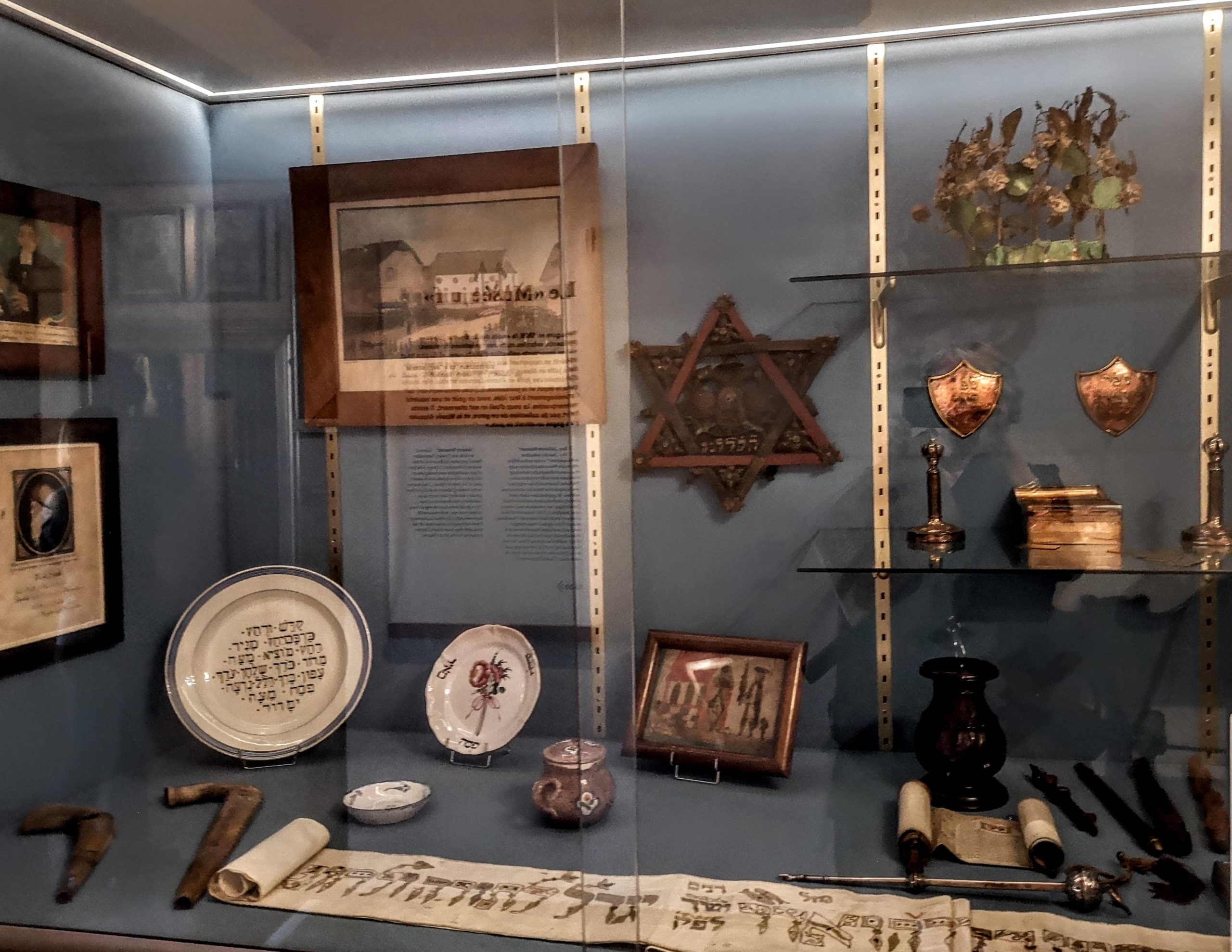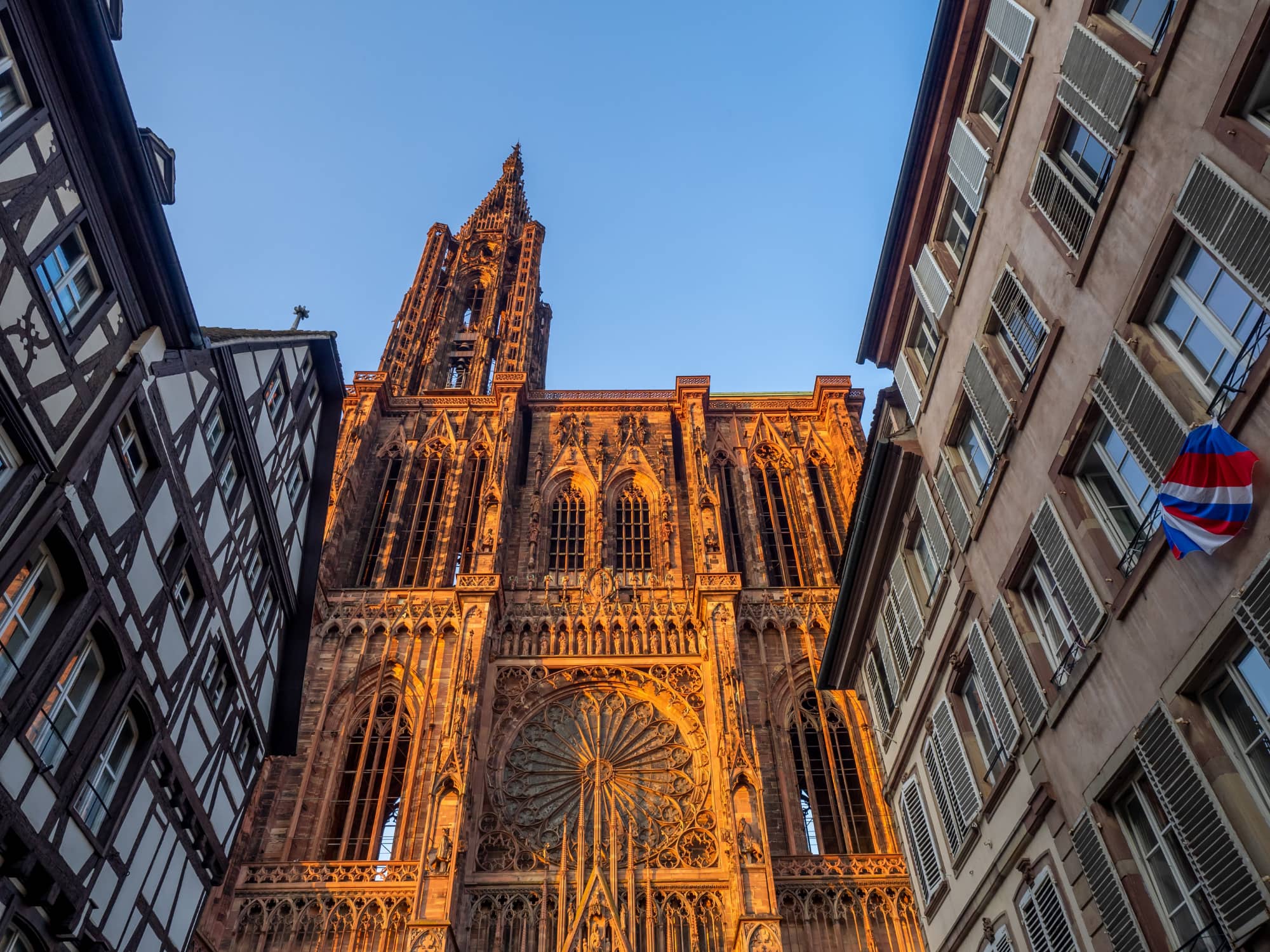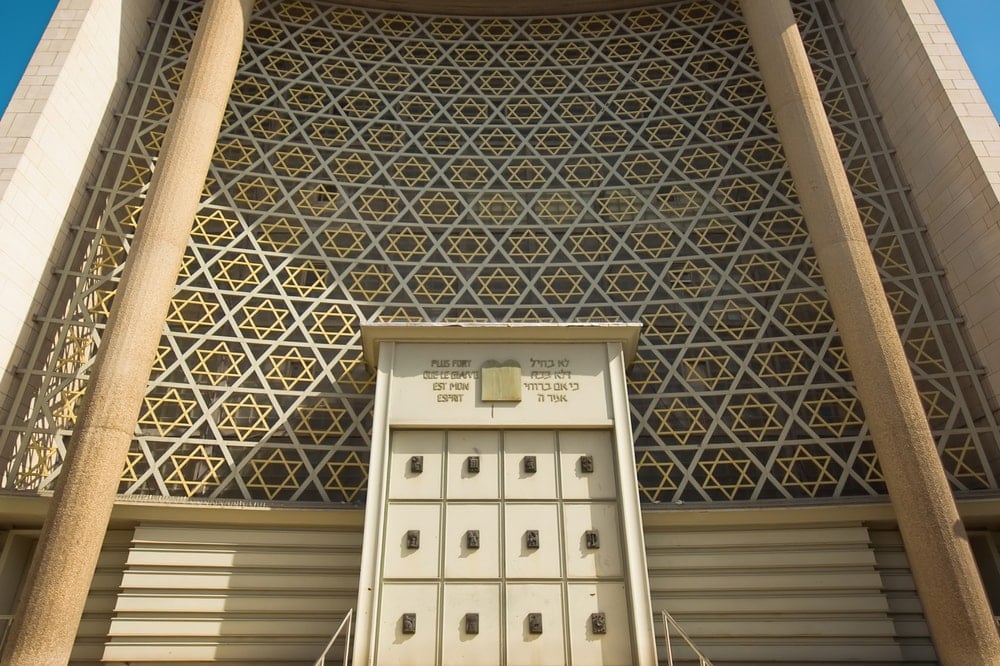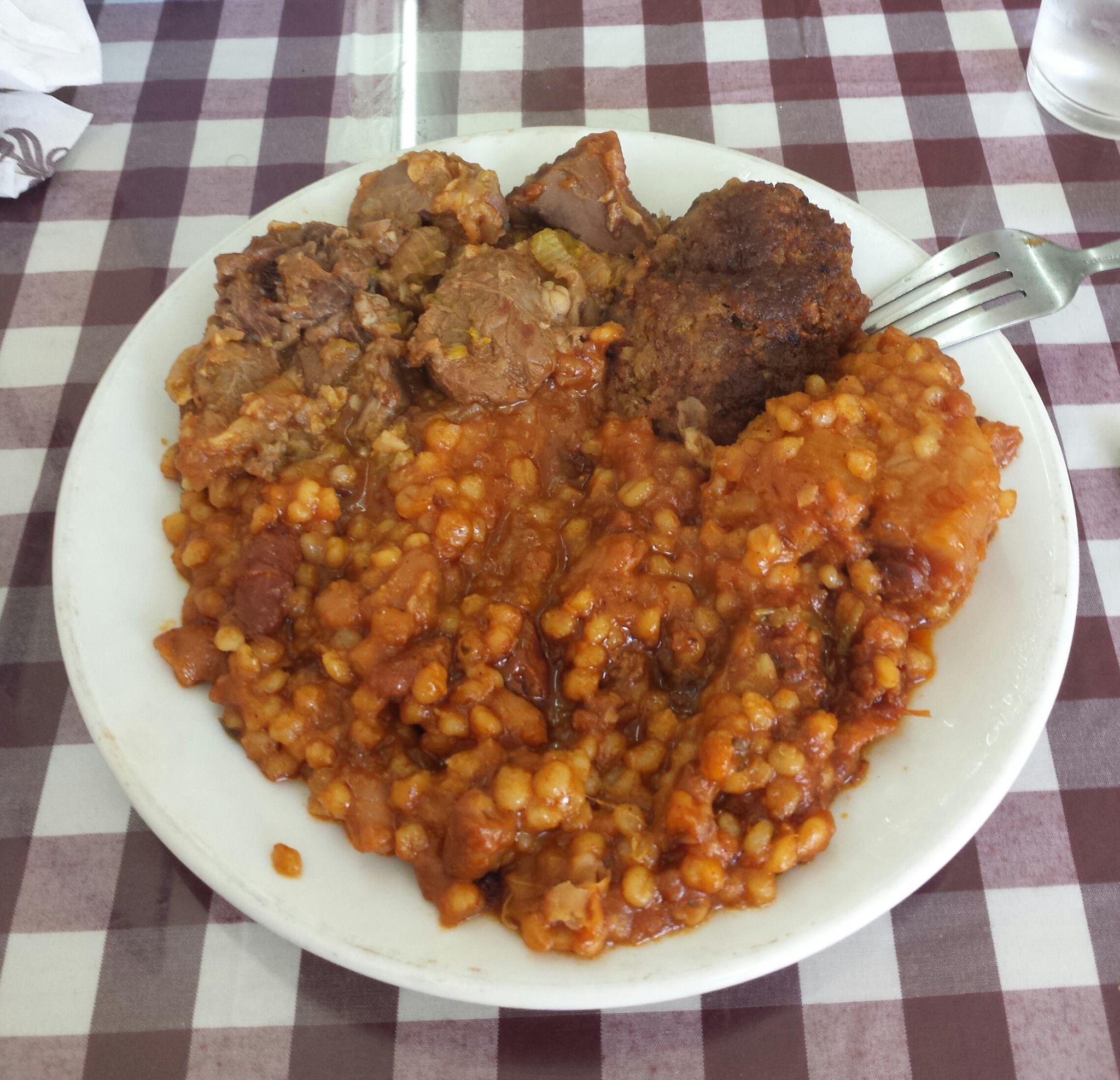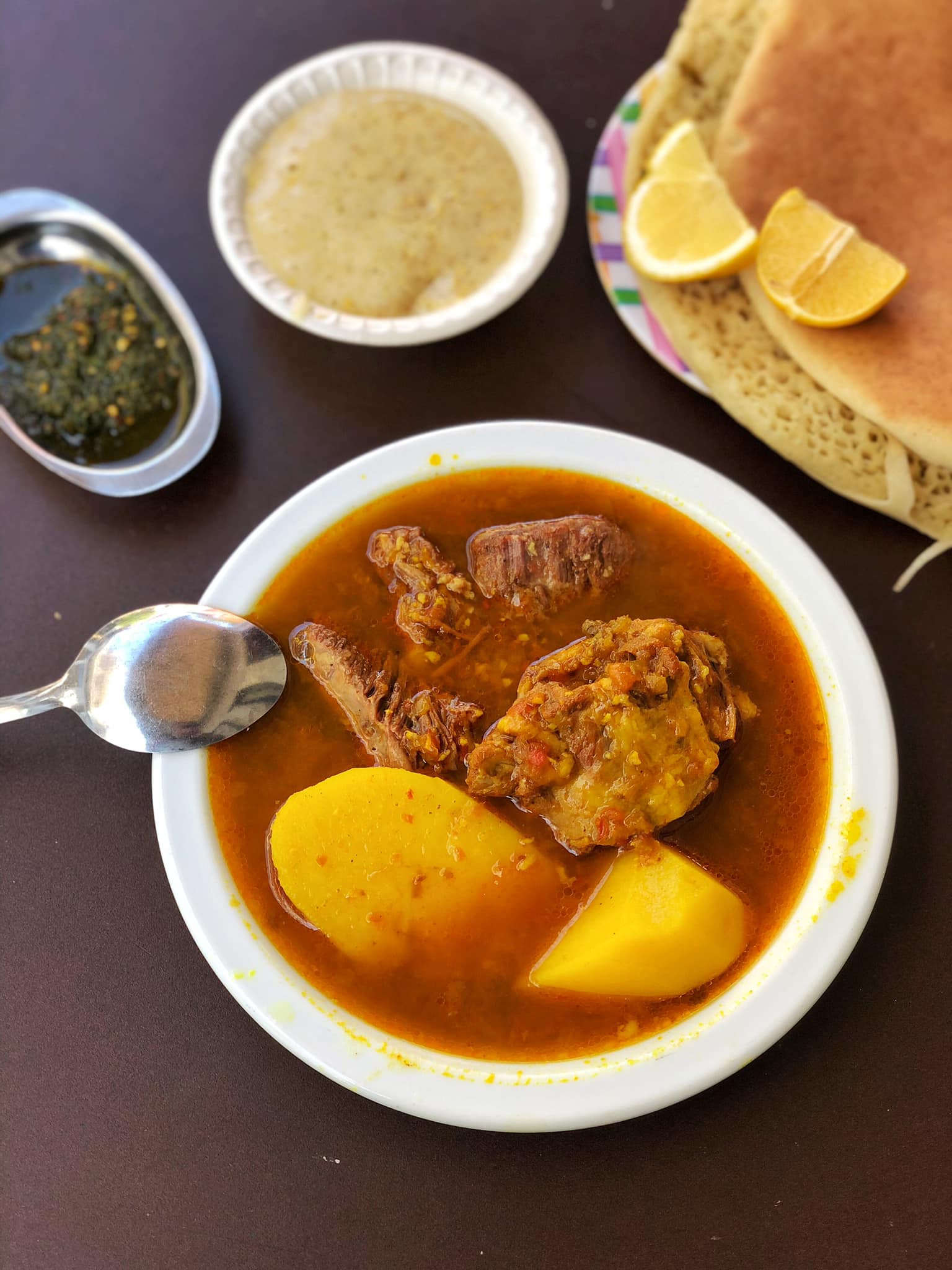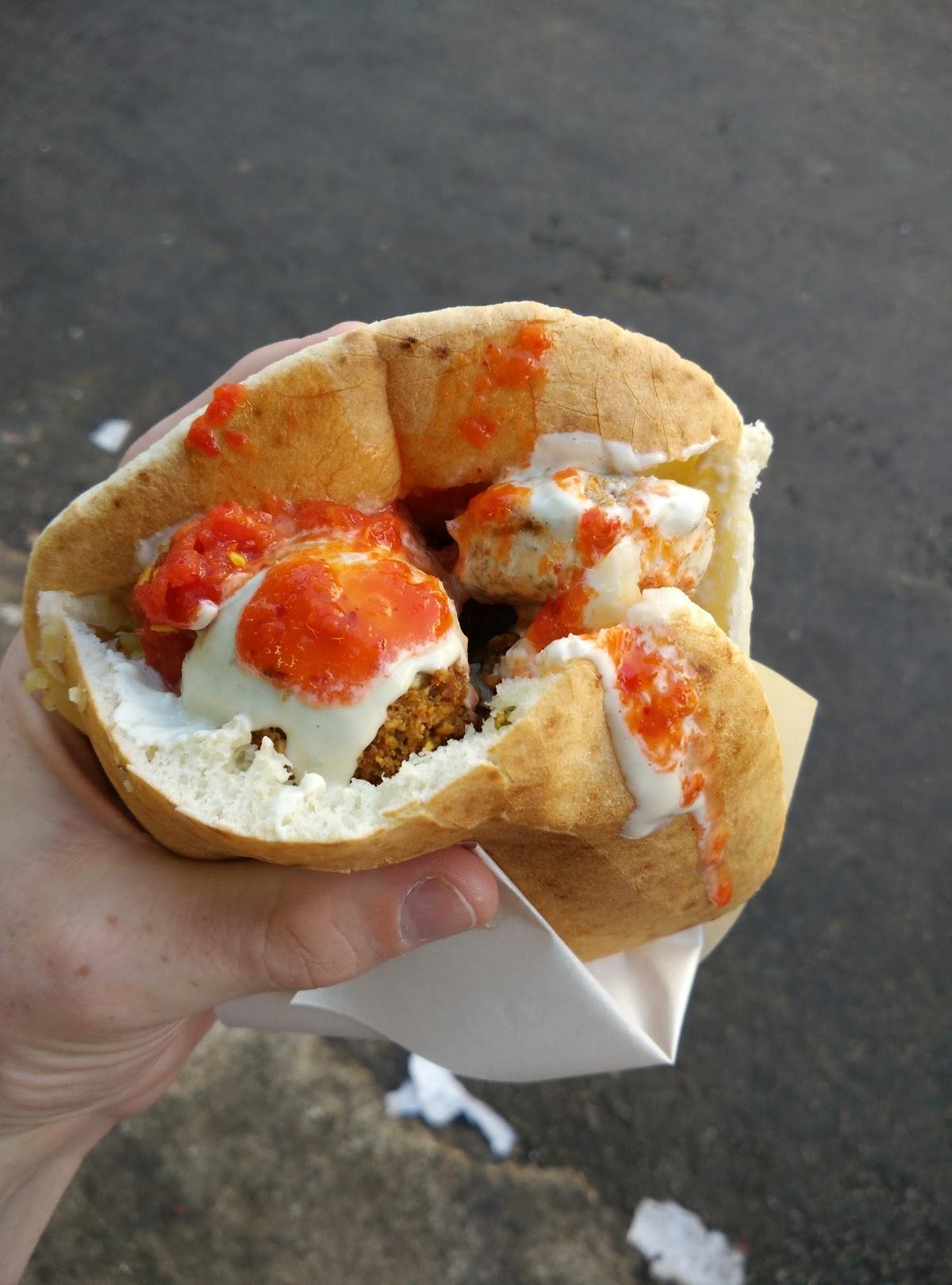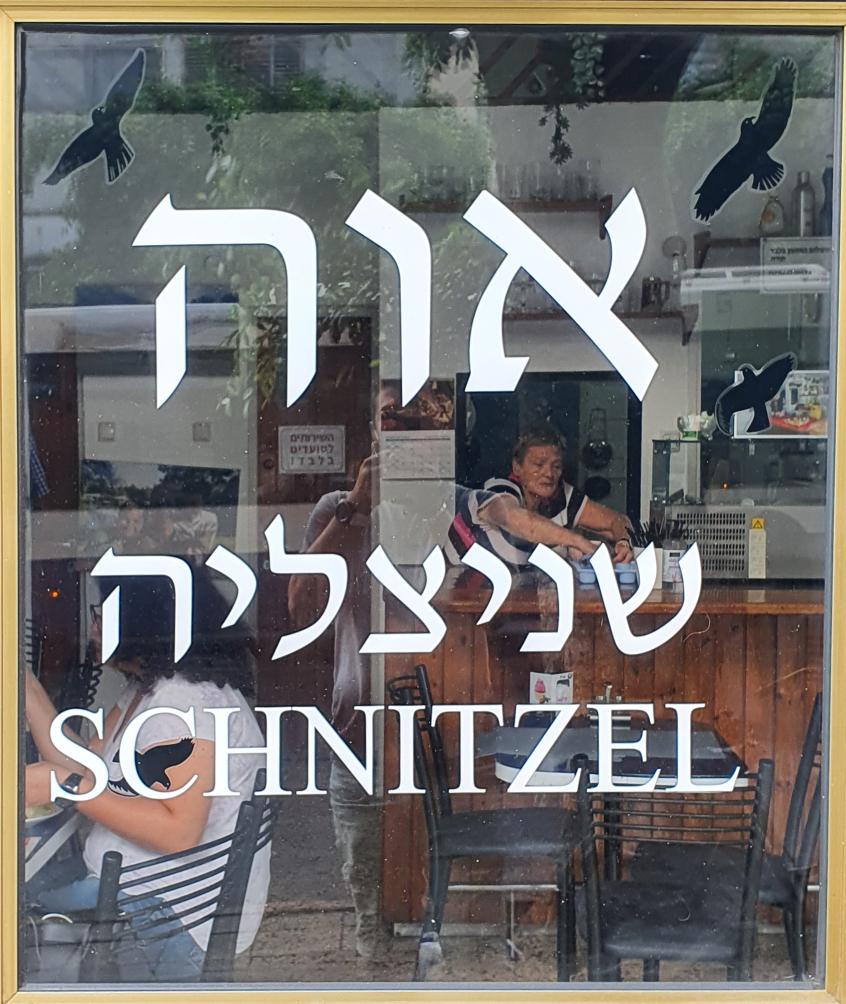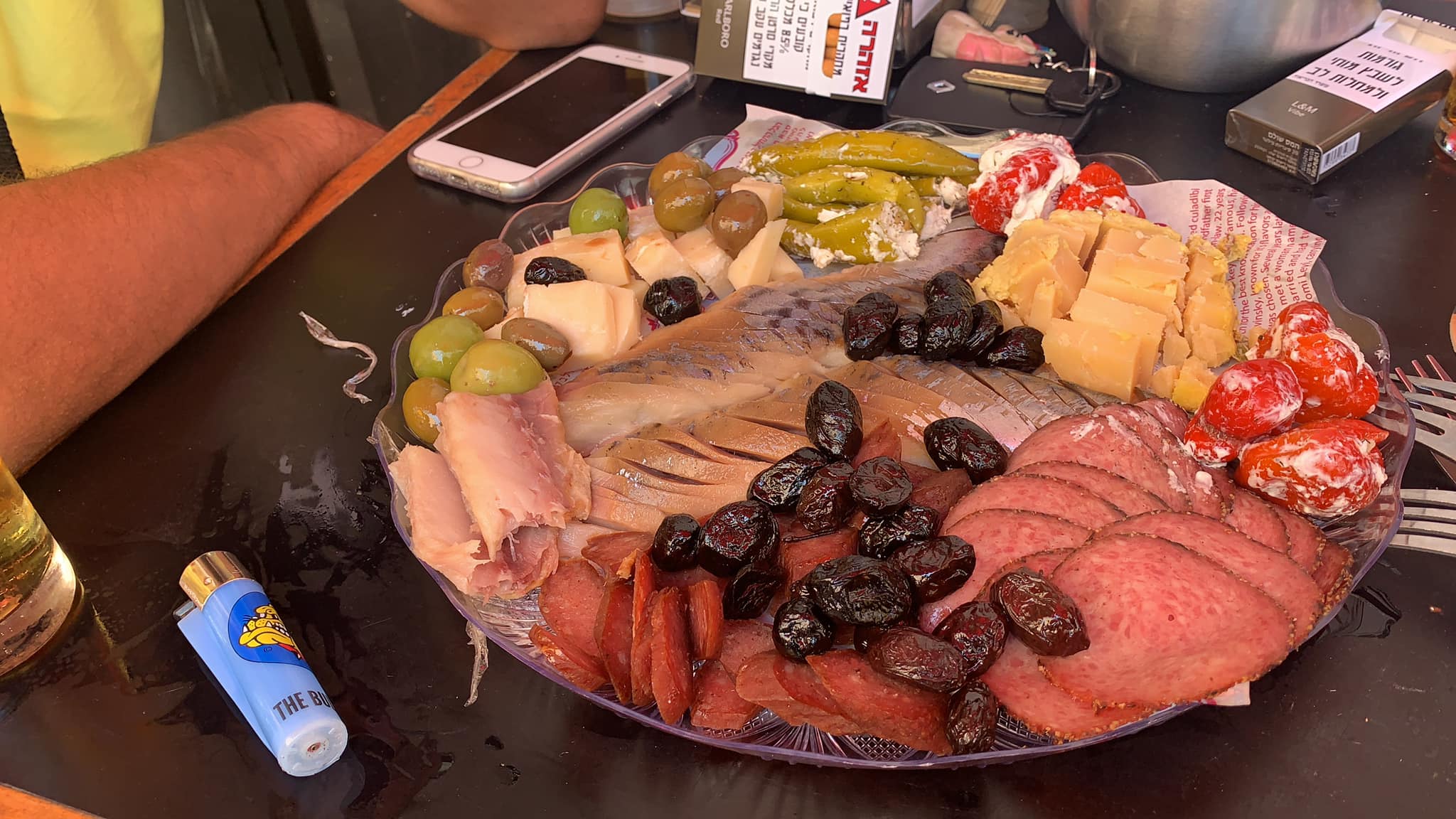It was in 1984, during the refurbishment of a block of houses at number 20 rue des Charpentiers, near the cathedral, that the remains of a mikveh (ritual bath) were discovered, the last witness to the intense life of Judaism in medieval Strasbourg.
Present in Alsace since antiquity, the Jews were expelled from Strasbourg during the pogrom of 1349 and saw their places of worship being closed or destroyed.
Of this bath used for the ritual purification of women and certain pious men, a small, almost square cellar of about 9 m² remains, with a basin in the center that can hold up to 500 liters of water directly from the groundwater, to which hot water was added. The walls had niches for candles, and a small adjoining room served as a checkroom.
Archives: Directory listings
Directory listings
Alsacien Museum of Strasbourg
A memory of Judaism in Alsace. A unique collection, testimony to rural and ancient communities, displayed from the very beginning in the museum.
The Musée Alsacien has one of the most important collections of Judaica in Europe, thanks in particular to the special link established in 1907 with the “Société d’histoire des Israélites d’Alsace et de Lorraine (SHIAL)”. This society, created by Rabbi Moïse Ginsburger in 1905, initially aimed to collect and preserve documents and objects related to the history of the Jews of the region, so that they would remain in Alsace rather than be sent to Berlin, the capital of the German Empire to which Alsace belonged at this time.
In 1907, the SHIAL was tasked by the founders of the Alsatian Museum to create a collection of Judaica for the museum newly opened to the public. The Society collected and placed objects, which today represent nearly 400 items, in addition to the museum’s own acquisitions. This partnership, which is more than a century old, shows that from the beginning this project to report on the Alsatian identity fully integrates the Jewish communities. This approach has continued throughout the history of the Musée Alsacien: acquisitions, publications and also presentations. Thus, the Judaica are not confined to the “religions and beliefs” section, but are integrated, along with the other religions of the concordat (Protestantism/Catholicism, Judaism), into the presentation of the different ages of life and into temporary exhibitions.
The donation of the Genizah of Dambach-la-Ville has enriched the Alsatian Museum both digitally (900 items) and scientifically, and it now possesses one of the most important collections of mappot in the world, including several from the 17th century. This exceptional collection was unveiled to the public at the “Héritage inespéré” exhibition in October 2016.
http://judaisme.sdv.fr/today/musals/galerie.ht
Cathedral of Notre Dame of Strasbourg
To observe the wonderful front of the cathedral, with its multitude of figures/sculptures takes several hours ! Its particularly rich statuary tells countless stories to the attentive observer.
The main front, the most richly decorated, presents on its right portal the Tempter, surrounded by the Wise and Foolish Virgins, on the left portal the battle of the Vices and the Virtues. Between the two, the central portal evokes the passion and resurrection of Christ.
Continuing the observation from the Place du Chateau (Castle Square), we will let our eyes linger on the south portal and more particularly on the pair of sculptures of the Church and the Synagogue, placed on either side of these portals. They originally framed a figure of King Solomon, an artwork that has now disappeared. These two female figures, allegories of the Christian and Judaic religions, are among the most famous masterpieces of Western art in the Middle Ages.
The Synagogue de la Paix
The construction of the Great Synagogue of Peace was inaugurated on March 23, 1958. It has about 1,700 seats. This building, the seat of the Chief Rabbinate, simultaneously includes several places of worship: the “Mercaz” youth oratory, and the Leo Cohn synagogue of the Sefarad rite, a Gan Chalom kindergarten, a Yehuda Halevy elementary school, administrative and social premises, a large library, as well as the premises of the Community Center and of the Jewish radio station “Radio Judaïca” (102.9 MHz in FM).
The modernism of the building is reflected in the materials and the masterplan of the building. Traditional symbols of Judaism can be found in the building, such as: the vast vault is supported by twelve columns evoking the twelve tribes of Israel: the first two frame the exterior portal, and the ten located inside recall the Ten Commandments. The main front consists of a continuous network of stars of David, a monumental work of ironwork, at the base of which begin the metal portal, whose leaves are decorated with the emblems of the twelve tribes of Israel.
Inside, the nave can be split in half by a large wooden wall and form a conference room of 400 seats: it is the Hirschler room in memory of the great rabbi of the Lower Rhine, who died in deportation. The Holy Ark, located on the stage (“Al memor”) is a round sanctuary in wrought iron and above a large Star of David is placed horizontally on five thin columns. On the pediment is an inscription in Hebrew: “Do we not all have the same Father?” The curtain of the Holy Ark is a vast Aubusson tapestry cartoon by the famous tapestry artist, Jean Lurçat.
For more information:
http://judaisme.sdv.fr/histoire/villes/strasbrg/index.htm
Mifgash Rakefet
Mifgash Rakefet is simply a likeable destination, warming the hearts of patrons for decades. Those who have already discovered it will not miss an opportunity to indulge in a bowl of Rakefet’s legendary tomato soup. If Ashkenazi food tickles your taste buds, the constantly changing menu will certainly appeal. From gefilte fish, knish, blintzes, shnitzel, chopped liver, chicken and veal cutlets, to cholent, one will never leave Rakefet’s hungry!
Shimon, Melech Ha’Marak
In a niche Yemen village called Kerem Ha’Teimanim, a soup den has continuously dished out steaming bowls of Yemenite soups, year after year. The aromas at Shimon, Melech Ha’Marak envelop the inhabitants, whilst the food comforts and satisfies both belly and soul. Shimon founded the kitchen, and although he may no longer be with us today, his oxtail soup has remained a firm favorite, and his amazing legacy continues.
Falafel Rambam
For thirty five years, in a quaint falafel stand, stood Yedid, who brought smiles to the faces of his customers and joy to their souls. Unfortunately, in 2008, at age 65, he passed away. After the mourning period, his son Elad decided that it was crucial to uphold his father’s traditions, and so he took his place at Falafel Rambam. To this day, one can come eat a Yemen-style falafel served with a smile!
Eva
In the heart of busy Allenby Street, sits Safta Eva in her established restaurant. Eva specializes in classic Ashkenazi food. For those who remember the special taste of traditional chicken soup with matzah balls and farfel, just like Grandma used to make, Eva’s makes it possible to enjoy these pleasures every day. One will also find additional comfort foods from childhood, such as gefilte fish, and Eva’s famous schnitzel. The atmosphere is very warm and comfortable, welcoming guests to a lengthy stay.
Bar Matti
In 1935, a new and hip saloon opened- Bar Matti. Ever since then, Mr. Matityahu Landstein has been running this successful joint with a firm hand. Locals who frequent the Levinsky market are all familiar with Matityahu, and no one dares to pass by without popping in to ask how he is keeping. Matti prepares a variety of delicacies from traditional Ashkenazi cuisine, including chopped liver, Romanian pickles, stuffed dumplings, and even gefilte fish. Visiting Bar Matti is a real experience. Although now in his eighties, he will still proudly serve you a thirst-quenching glass of cold beer!
Mama Mafruma
Mama Mafruma is a family restaurant, with sister Yehudit happily hosting diners, and brother Shimon cooking from the heart. From this lively Libyan kitchen, colorful dishes emerge, including soups, and mafrum, a beef stuffed vegetable delicacy, prepared in many intricate steps for a tasty outcome. Be sure not to miss out on the couscous, which is up for the title of the best in the world, or an order of Shimon’s piquant pepper salad, “Ha’Mebalbel”, which is so zingy, it is sure to leave your head spinning for a few minutes!

